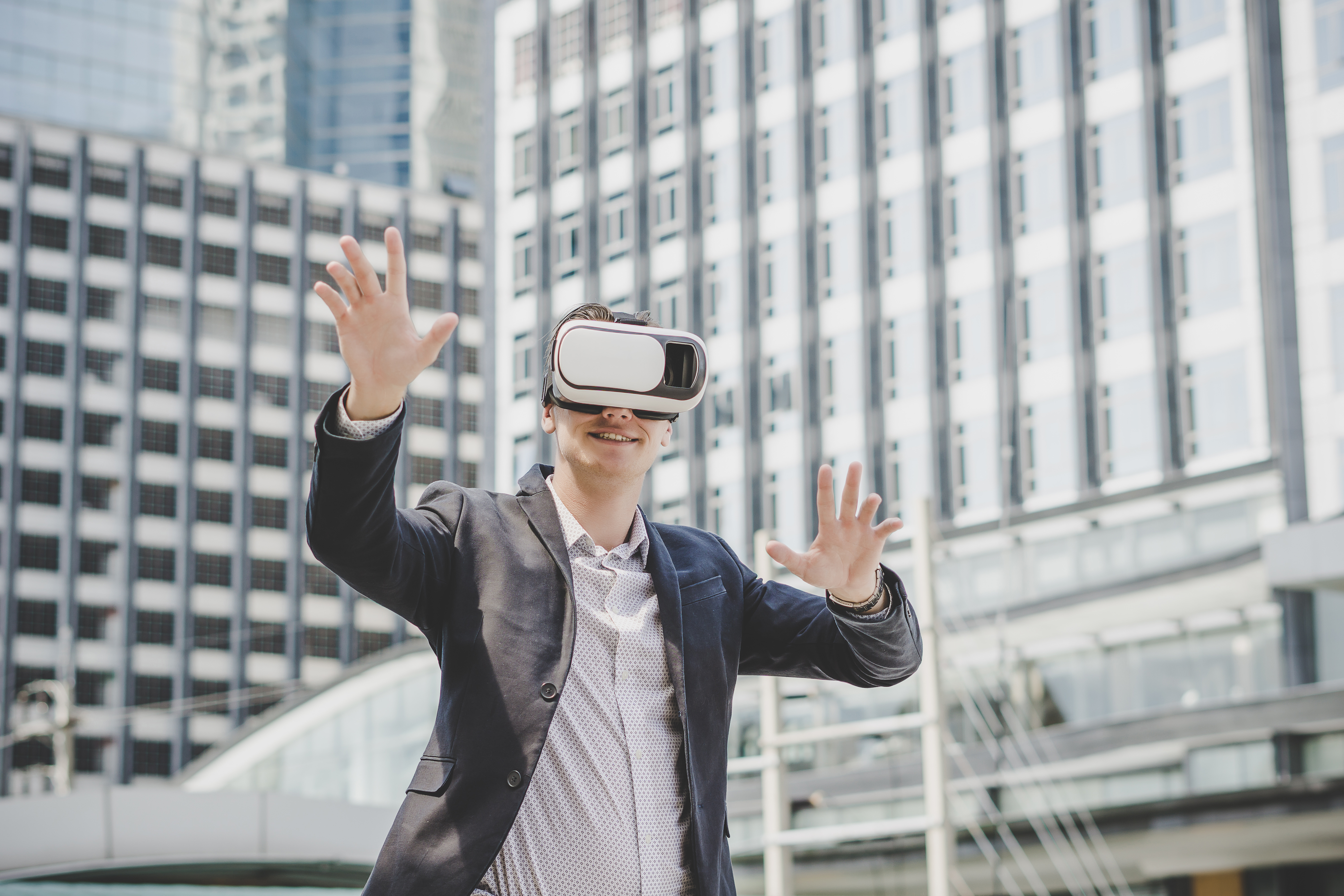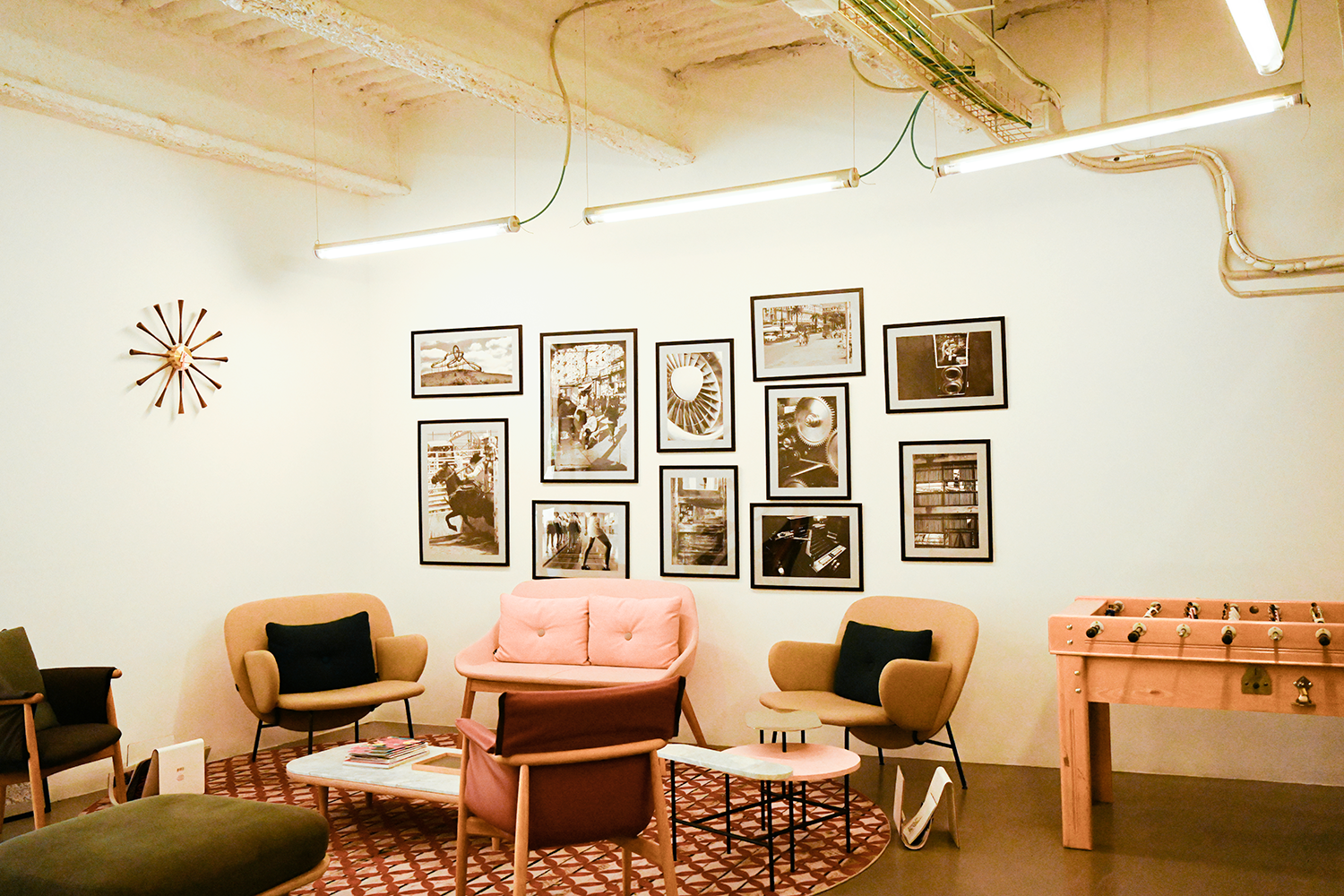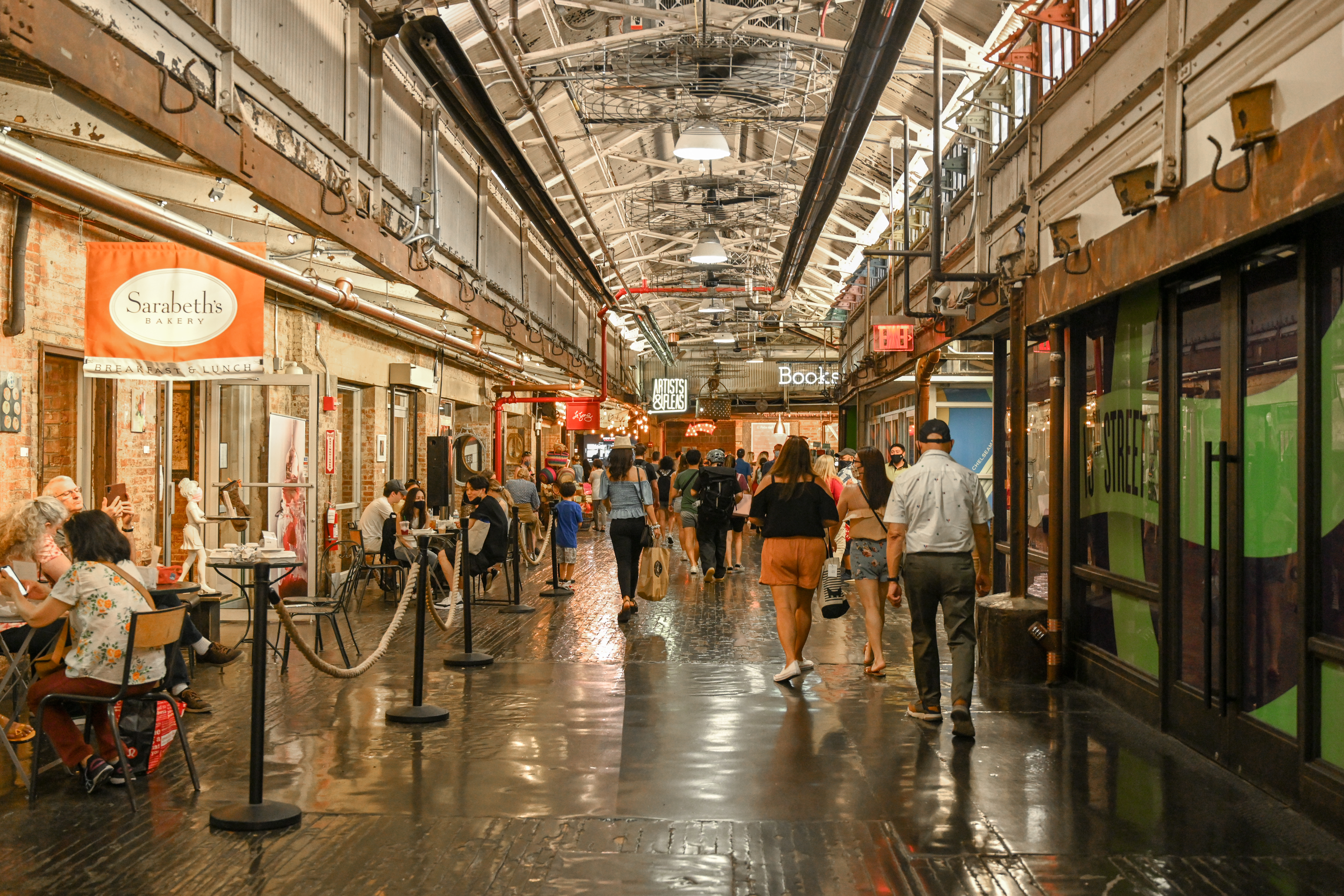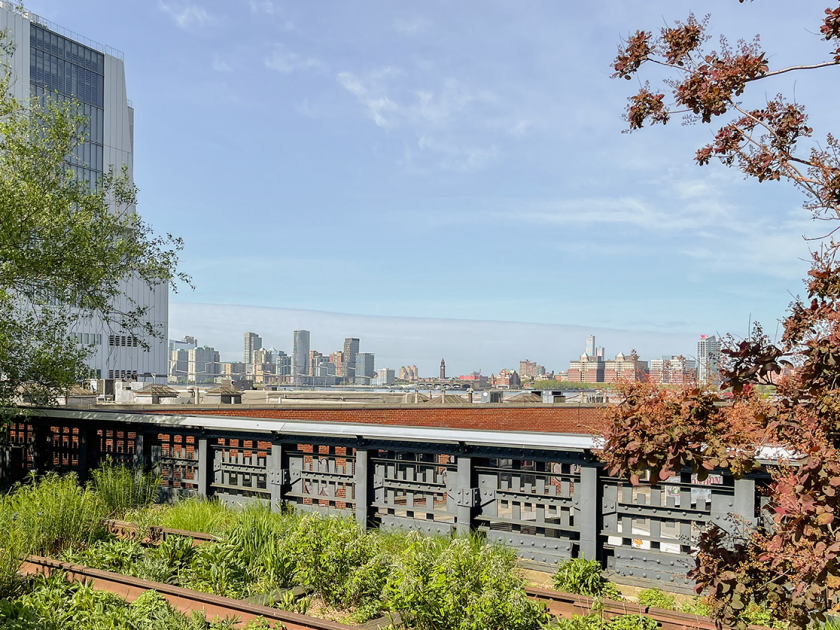BIM 🌎 Tour: Brunch with Gabi Kozameh
Each week, on our BIM 🌎 Tour blog, we share stories from our travels. Our favorite pieces of content are those where we meet with other BIM professionals in person and share their love of the built world. Our conversation is always different, but has several key ingredients, the most important being food and drinks.












